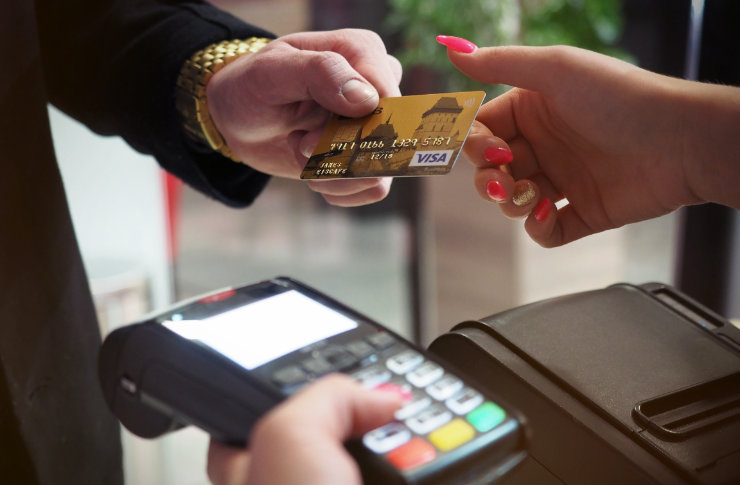How Gift Cards Work and Their Role in Shopping and Finance
Gift cards are preloaded payment instruments—either physical plastic cards or digital codes—issued by retailers, banks, or third-party platforms that allow a recipient to pay for goods or services up to the card’s stored value. They act as a convenient transfer of purchasing power for birthdays, incentives, or personal budgeting. Over the last decade digital gift cards have grown in use for both individual shoppers and businesses because they are easy to deliver, track, and integrate with online checkout systems. While they are simple in concept, the details around activation, expiration, fees, redemption rules, and fraud protections vary by issuer. Understanding those details helps shoppers and businesses treat gift cards as part of a broader payment strategy, whether for holiday shopping, employee rewards, or managing small-scale corporate disbursements.

gift cards: what are they and how do they work?
A gift card stores a monetary value that can be spent at a specific merchant or group of merchants, or sometimes across a payment network if issued by a card network. Physical cards typically include a magnetic stripe or barcode; digital cards use a code delivered by email or an app. To use one, a customer presents the card at checkout and the merchant deducts the purchase amount from the remaining balance. Many gift cards require activation at purchase, and some carry inactivity or replacement fees. Terms vary: some are reloadable, some are one-time use, and others are confined to particular product categories or brands.
buy now pay later: can you use it with gift cards?
Buy now pay later (BNPL) services usually require a primary payment method like a debit or credit card to set up installment plans. Using gift cards with BNPL depends on the merchant and the BNPL provider’s rules. In many cases you can apply a gift card balance first and use BNPL to cover the remaining amount; in other cases, gift cards cannot be the initial payment method for financing. Always review the checkout options: some platforms allow combining payment types, while others block third-party gift codes from interacting with their financing flows.
payment methods: how gift cards fit in
Gift cards are one of several payment methods and can coexist with wallets, credit cards, and digital bank transfers. Many online merchants let you add a gift card to your account or enter the code at payment. When combined with other payment methods, systems typically apply the gift card balance first, then charge any remainder to an alternate method. Fraud risk includes stolen card numbers or unauthorized use of an exposed code; reputable issuers offer PINs or require account linkage to reduce that risk. For businesses, integrating gift card processing into point-of-sale and e-commerce platforms requires attention to reconciliation, refunds, and liability accounting.
shopping: benefits and drawbacks of gift cards
For shopping, gift cards offer convenience, predictable spend limits, and suitability for gifting. They can simplify budgeting because you won’t overspend beyond the loaded amount. Promotions sometimes provide bonus value on purchased gift cards, which adds appeal. Drawbacks include limited merchant acceptance, potential fees, expiration dates in some jurisdictions, and problems if an item costs less than the card value—some balances can be hard to use if split-tender policies are restrictive. Secondary markets that buy and sell discounted cards exist but carry risks like scams or invalid balances; verify terms before transacting outside the issuing merchant.
finance: considerations when using gift cards
From a finance perspective, gift cards are effectively stored-value liabilities on the issuer’s books until redeemed. For consumers, they are a way to control spending or allocate funds for future purchases; for businesses, they can serve as incentives, refunds, or promotional tools. Important financial considerations include tracking remaining balances, noting any fees or expiration rules, and understanding how returns are handled (refunds are often issued as store credit). For large-scale corporate use—such as bulk rewards—companies should manage redemption rates, breakage policies, and reconciliation to maintain accurate accounting and cash flow forecasts.
Conclusion
Gift cards are a flexible payment option that intersect with shopping and finance in practical ways: they simplify gifting and budgeting, integrate into many payment systems, and sometimes interact with financing tools like buy now pay later depending on merchant policies. Knowing issuer terms—activation, fees, expiration, and fraud protections—helps users and organizations make informed choices and treat gift cards as a deliberate part of their payment and financial planning.






